8 Biblical Foods That Lost Relevance and 5 We Still Eat Today
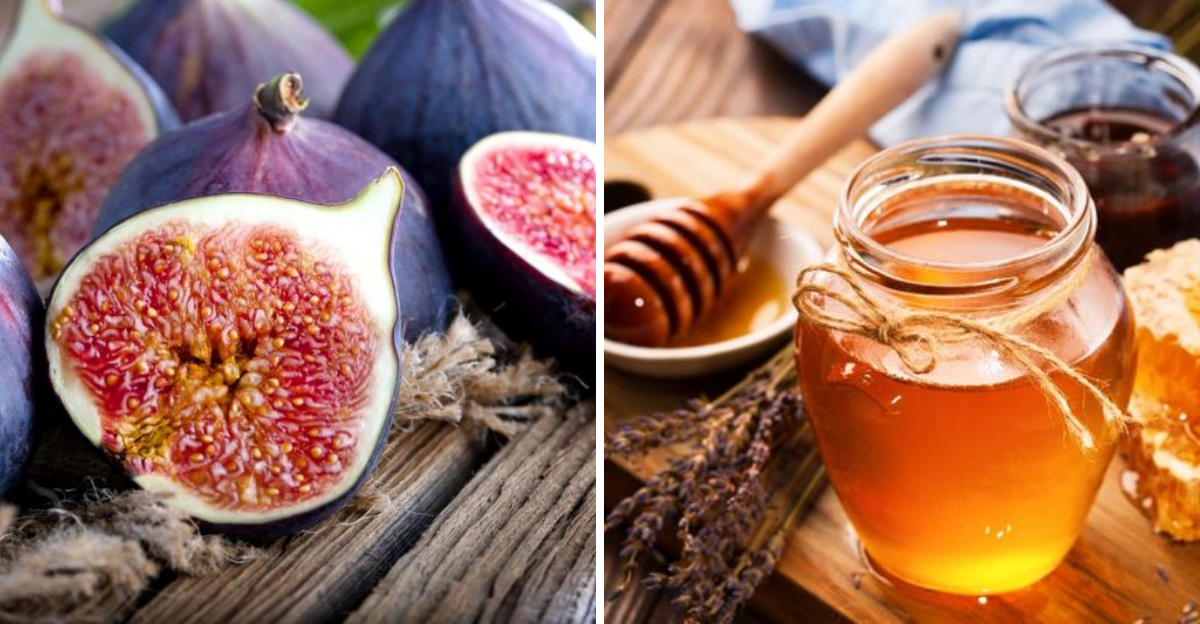
The Bible references numerous foods that played significant roles in the daily lives and spiritual practices of ancient peoples. While some of these foods have faded into obscurity, others continue to grace our plates today. This blog post explores eight foods mentioned in the Bible that have lost their relevance over time, and five that remain staples in modern diets.
1. Manna

Manna, the divine sustenance provided to the Israelites during their exodus, remains one of the most intriguing biblical foods. Described as a sweet, flaky substance, manna miraculously appeared each morning. It was a heavenly provision during a time of great need. Today, it symbolizes spiritual nourishment but is not found in any pantry. Its absence marks a culinary mystery and a metaphorical journey of faith for many. Unlike any food today, manna’s legacy endures in religious teachings rather than recipes or dishes.
2. Locusts

For John the Baptist, locusts were a dietary staple, emphasizing survival and simplicity. These insects, though full of nutrients, are less common in modern kitchens. Still consumed in some cultures, they represent an unconventional protein source. The thought of eating locusts may deter many, yet they are a testament to resilience and adaptation. In survival circles, locusts are still valued for their high protein content, but their culinary presence remains niche. Curiosity about this biblical food continues, sparking interest in sustainable eating.
3. Wild Honey

Wild honey, once a dietary cornerstone, shares the biblical spotlight with locusts. Revered for its sweetness, it was a precious commodity long before refined sugars. Today, while still appreciated, it’s considered more of a luxury item, used sparingly as a drizzle or in gourmet dishes. Its presence in the Bible emphasizes the natural world’s bounty. Although not a daily staple, wild honey continues to sweeten lives and symbolizes abundance and purity, bridging ancient and contemporary palates.
4. Spelt
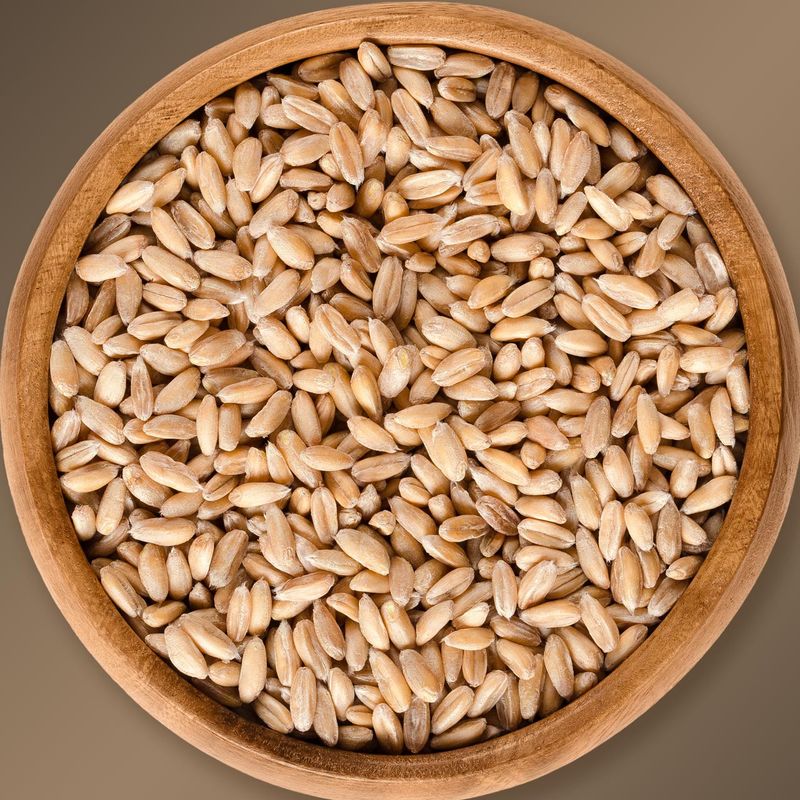
Spelt, an ancient grain, was fundamental in biblical bread-making. Known for its rich, nutty flavor, spelt was a dietary mainstay. Over time, modern wheat varieties overshadowed it. However, spelt has seen a resurgence among health enthusiasts seeking alternatives to processed grains. Its nutritional value, including fiber and protein, attracts those aiming to diversify their diets. While not as prevalent as wheat, spelt’s historic roots and health benefits ensure it remains a cherished choice for artisan bread and traditional recipes.
5. Hyssop

Hyssop, a symbol of purification, was both a culinary and ceremonial herb in biblical times. Its leaves, with a sharp, minty flavor, were used sparingly in cooking. Over time, hyssop’s role shifted more towards symbolic use in rituals of cleansing. Today, it finds its place in herbal medicine circles rather than everyday kitchens. Its aromatic and medicinal properties continue to captivate those seeking natural remedies, preserving its legacy as a plant of significance both in history and health.
6. Lentil Stew
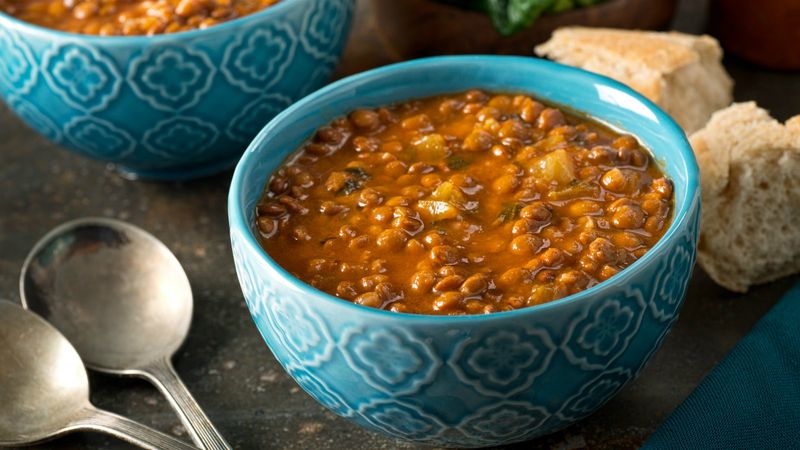
Esau’s infamous exchange of his birthright for a bowl of lentil stew highlights the dish’s deep-rooted history. Lentils, rich in protein and easy to store, were a dietary staple. However, the basic recipe of lentils and water, perhaps with a pinch of salt, has evolved. Modern versions incorporate spices, vegetables, and meats, transforming it into a hearty dish. While the original stew may not be a go-to for many, its role in biblical narratives keeps it alive in culinary memory, albeit with flavorful enhancements today.
7. Figs
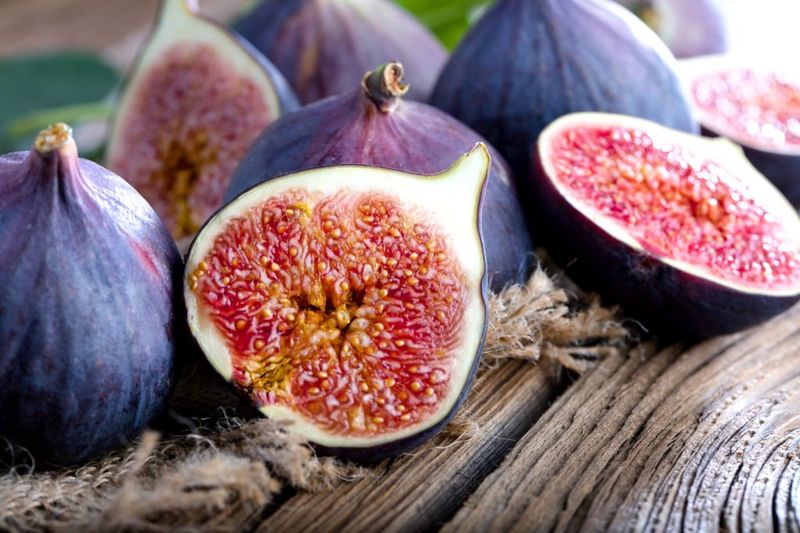
Figs, whether fresh or dried, were ubiquitous in biblical diets. They symbolized prosperity and sustenance, often mentioned in parables. Today, figs are more of a seasonal delicacy or gourmet ingredient. Their sweet, luscious nature makes them perfect for desserts and upscale salads. Though they’ve shifted from daily staples to specialty status, figs retain their symbolic richness and nutritional value. Their presence in literature and culinary arts continues to inspire, bridging cultures and eras with their timeless appeal.
8. Barley Bread

Barley bread, once the common man’s sustenance, represented simplicity and survival in biblical times. Barley, a hardy grain, was easy to grow and accessible. While modern culinary practices favor wheat, barley remains in use for its health benefits and distinctive taste. Its role in brewing and health foods highlights its versatility. Barley bread, though rare on our tables, connects us to a time when food was fundamental to survival, celebrating its rustic charm and nutritional legacy, despite its modest current demand.
9. Olives and Olive Oil

Olives and their oil have been integral to Mediterranean diets for millennia. In biblical times, olive oil was not just a cooking staple, but a symbol of anointing and blessing. Its rich flavor and health benefits ensure it remains a culinary cornerstone today. Used in salads, cooking, and skincare, olive oil’s versatility is unmatched. Its enduring presence in kitchens worldwide underscores its importance, both nutritionally and symbolically, representing peace and prosperity through ages.
10. Grapes and Wine

Grapes, and the wine they produce, have been central to social and religious practices since biblical times. From parables to rituals, their significance is profound. Today, grapes are enjoyed fresh, dried as raisins, or fermented into wine. Wine continues to play a key role in celebrations and religious ceremonies. The enduring cultivation of grapes reflects their cultural and economic importance. They symbolize joy and abundance, remaining as beloved as they were in ancient tales, connecting past traditions with present pleasures.
11. Pomegranates
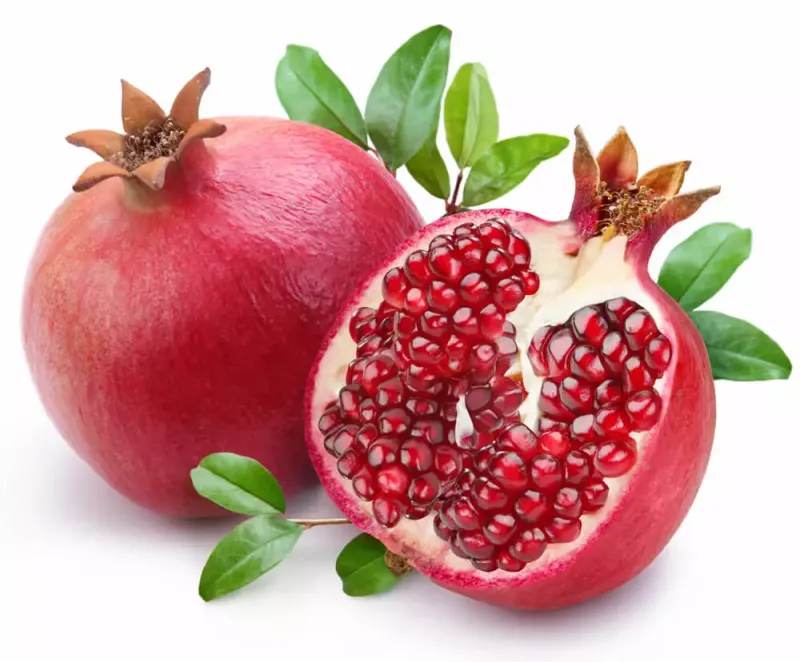
Pomegranates, symbols of beauty and fertility, appear frequently in biblical texts. Their vibrant seeds and sweet-tart flavor made them a prized fruit. Today, they are featured in juices, salads, and as garnishes, celebrated for their antioxidants and vivid color. While not as essential as before, pomegranates remain beloved for their health benefits and cultural symbolism. They bridge ancient and modern culinary traditions, offering a taste of history wrapped in a jewel-like exterior that continues to captivate and nourish.
12. Fish (Especially Tilapia)

Fish, particularly tilapia, was a dietary staple in biblical times, especially around the Sea of Galilee. Known as “St. Peter’s fish,” tilapia is still widely consumed today. Its mild flavor and adaptability to various cooking methods make it popular in many cuisines. The biblical references to fish underscore its importance both as sustenance and a symbol of provision. Tilapia’s ongoing popularity reflects a continuity of tradition and taste, maintaining its status as a beloved choice for healthy, versatile meals worldwide.
13. Bread (Unleavened and Otherwise)
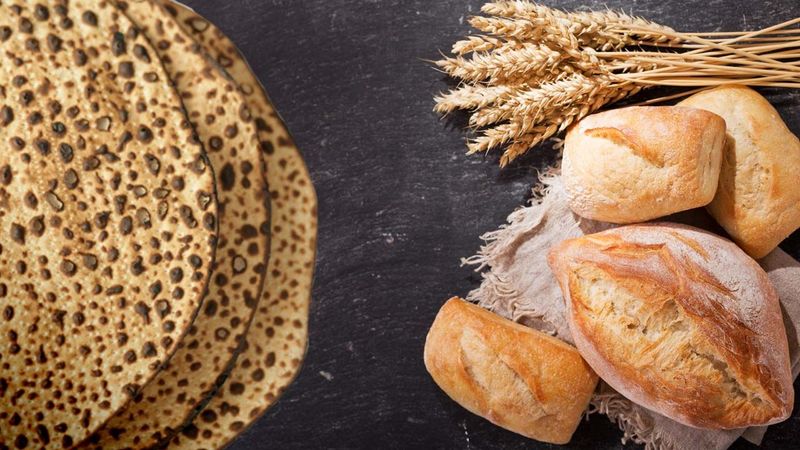
Bread, in its many forms, is a cornerstone of both biblical and modern diets. Unleavened bread, important in Passover rituals, represents simplicity and haste. Leavened loaves, meanwhile, are staples in daily meals worldwide. The universal appeal of bread highlights its role as a symbol of sustenance and hospitality. Despite changes in recipes and baking techniques, bread’s foundational importance endures. It connects us to ancient traditions and continues to be a versatile favorite, embodying nourishment and community across cultures.
